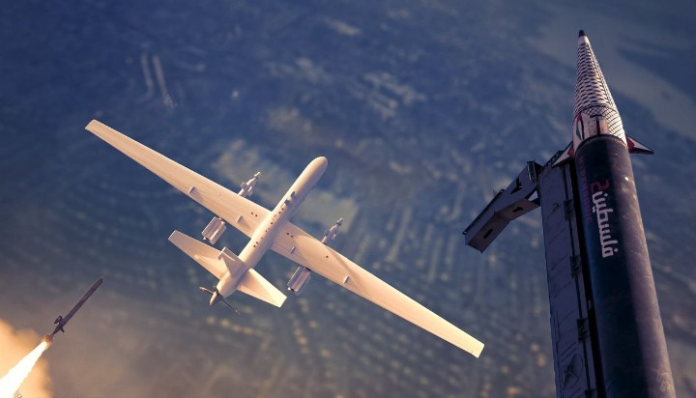Among the most sensitive fronts in the current regional conflict, the Red Sea stands out as a sharp mirror exposing the flaws of US military doctrine when faced with an unconventional adversary. The Yemenis—without air cover, advanced defense systems, or nuclear protection—have succeeded in reshaping the very concept of deterrence and dismantling its symbolism within the consciousness of American power itself.
From the moment the US intervened in the Red Sea under the pretext of safeguarding navigation, Washington assumed that a few calculated strikes would restore balance and project dominance. But events unfolded in the opposite direction. The US fell into a carefully constructed trap, where Yemen’s strategy of “maximizing cost with minimal means” clashed with an American military system addicted to speed and spectacle.
Each Yemeni offensive operation dismantled a pillar of deterrence theory:
Shooting down an advanced US drone didn’t just damage a tool—it shattered confidence in the tools of deterrence themselves.
Striking a commercial ship didn’t merely disrupt a shipping lane—it rattled decision-making centers within the US Department of Defense.
Most critically, the “smart” American defense systems were so overused they became weaker than the attacks they were trying to stop.
At a deeper level, the cost equation has turned into a strategic nightmare: a basic missile costing only a few thousand dollars now triggers a multi-million-dollar response from U.S. interception systems.
But this isn’t just about Yemen. Every Yemeni strike on American interests translates into a negotiation chip for Iran—not because the Yemeni leadership in Sana’a takes orders from anyone (they are sovereign in ways that put other Arab states to shame), but because they are part of a broader regional deterrence network. This network has mastered the division of roles and fronts—without declarations or noise.
That’s where the true American shift began. The late realization that escalation against Yemen was revealing the full extent of the disaster forced the White House to recalculate. What was initially intended as a limited disciplinary strike turned into a strategic crisis—one that compelled Washington to step back and seek a negotiation channel with Tehran.
In the end, the “Houthis” are no longer just a local force defending their coastline. Through disciplined operations and precise calculations, they have proven capable of reshaping the balance of power in the region and positioning themselves as a key player in any de-escalation effort—particularly in the Palestinian context.
Thus, the Red Sea front has become a public laboratory for the failure of American deterrence and the rise of a new logic in conflict management.
Those who believed the American assault would crush Yemen under Ansarullah’s rule will be disappointed. They must now prepare to deal with a regional power that emerged with its head held high after taking on the most powerful country in the world.
By Sudanese writer and journalist Abdelwahab Hafkuf
Source: Almasirah English website























